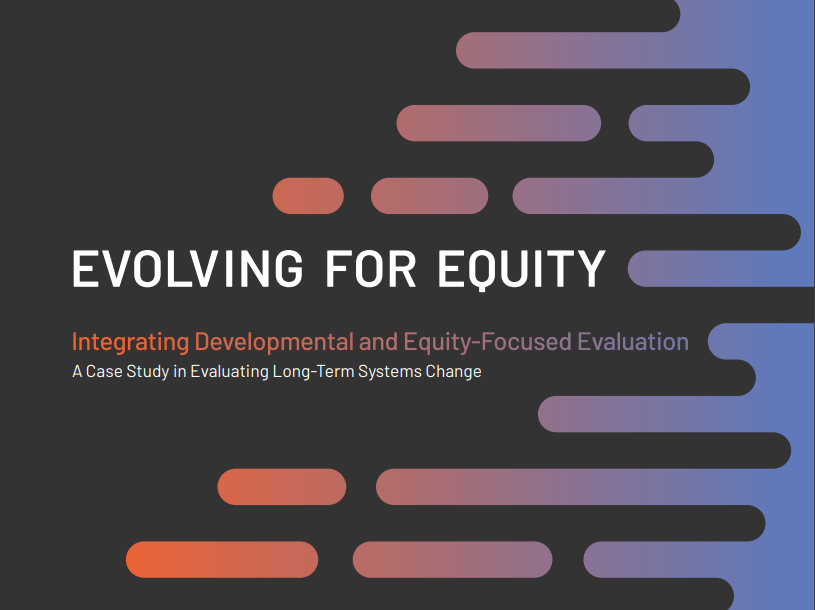Few rivers can measure up to the Colorado River’s scale, beauty, and value. This complex and diverse waterway provides habitat for many species as it carves a 1,500 mile path from Wyoming to the Gulf of California in Mexico.
Despite its importance, the Colorado River is at risk. Its water fuels industry, irrigates 3.5 million acres of cropland, and serves 30 million people (10 percent of the U.S. population).
These demands exceed current supply. Every drop in the river—and then some—is claimed for human use. And while demand continues to grow, supply may be waning. Climate change models suggest there will be a 25 percent drop in the river flow as the region gets warmer and drier.
Despite these and other warning signs, managers of the river’s water are ill-prepared. Plans and tools are not in place to ensure equitable sharing of water in the event of a crisis, and a healthy river now and in the future.
A collection of environmental organizations have combined forces to protect the Colorado River: Trout Unlimited, The Nature Conservancy, Environmental Defense Fund, and Western Resource Advocates.
Individually, each organization has a long history of tackling tough challenges at the intersection of human activities and the ecosystems upon which they depend. Together, they make a powerful new coalition known as the Colorado River Collaborative. The Packard Foundation and the Walton Family Foundation supported the creation of this collaborative.
The Collaborative’s members are developing the framework to deal with future water scarcity. They have partnered with water users to develop more flexible tools for managing a critical shared resource. The members want rigorous, realistic, and science-based scenarios of future water use that consider the flows needed to sustain fish and other species. They also want water rights to move more freely among users of the river’s waters.
The Collaborative’s goal is to create a dynamic water management framework that enables preservation of habitat and species, while meeting the reasonable water needs of cities, industries, and agriculture in the basin. With a lot of hard work and a little luck, the water problems facing the Colorado River basin and its inhabitants will be solved before it is too late.







